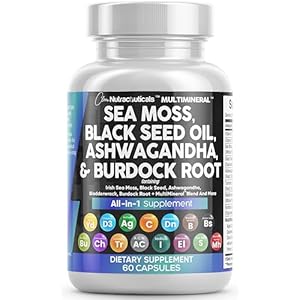

A game-based intervention developed by the College of New South Wales has proven potential as a drug-free therapy for power ache.
HOW IT WORKS
Known as PainWaive, the neurofeedback intervention features a package with an EEG headset and a pill preloaded with a recreation software.
The sport app trains customers to control irregular mind exercise related to power nerve ache. It responds in actual time to shifts in mind wave patterns, that are tracked through the EEG headset. The consumer knowledge is uploaded and transmitted to the analysis staff for distant monitoring. Moreover, psychological methods are additionally offered to assist customers optimise their mind exercise.
In keeping with UNSW, the analysis staff developed their very own EEG headset by way of 3D printing, as current business techniques have been both pricey or didn’t meet the standard wanted for the undertaking.
A analysis staff from UNSW and Neuroscience Analysis Australia (NeuRA) not too long ago carried out the primary trial of the intervention with 4 contributors.
FINDINGS
Based mostly on findings printed in Elsevier’s The Journal of Ache, the neurofeedback intervention triggered a “medium impact on ache severity and interference throughout contributors.”
Nevertheless, it was additionally famous that the “variability in outcomes highlights the necessity for future analysis to raised perceive particular person responses and optimise the intervention impact.” On the particular person stage, three of the 4 contributors had important reductions in ache following the intervention.
“Restrictions within the research’s measurement, design and period restrict our means to generalise the findings or rule out placebo results. However the outcomes we’ve seen are thrilling and provides us confidence to maneuver to the subsequent stage and our bigger trial,” careworn analysis co-lead Dr Negin Hesam-Shariati of UNSW’s NeuroRecovery Analysis Hub.
Researchers hope that this system may someday be provided as an at-home ache administration resolution for these with restricted or no entry to conventional therapies. For now, the analysis staff is making ready a broader trial, aiming to recruit 224 sufferers coping with nerve ache from a spinal wire harm.
THE LARGER TREND
The PainWaive undertaking builds on the seminal analysis into mind modifications related to nerve ache by UNSW professor Sylvia Gustin.
“The brainwaves of individuals with neuropathic ache present a definite sample: extra sluggish theta waves, fewer alpha waves, and extra quick, excessive beta waves. We imagine these modifications intervene with how the thalamus talks to different components of the mind, particularly the sensory motor cortex, which registers ache,” she mentioned.
Final month, Mobihealth Information reported on a research co-led by Prof Gustin demonstrating the potential of a digital therapeutic to retrain the mind’s processing of feelings associated to power ache.
That research and the PainWaive undertaking are two of greater than a dozen collaborations by UNSW and NeuRA centred on Prof Gustin’s analysis.
One other undertaking utilises digital actuality and real-world contact stimulation to assist sufferers with full spinal wire accidents relearn to really feel.
UNSW and NeuRA at the moment are making ready for trials of two neuromodulation applied sciences: one will examine its potential to scale back power spinal ache, and the opposite will discover its use in treating power neuropathic ache in folks with a spinal wire harm.
Trending Merchandise











